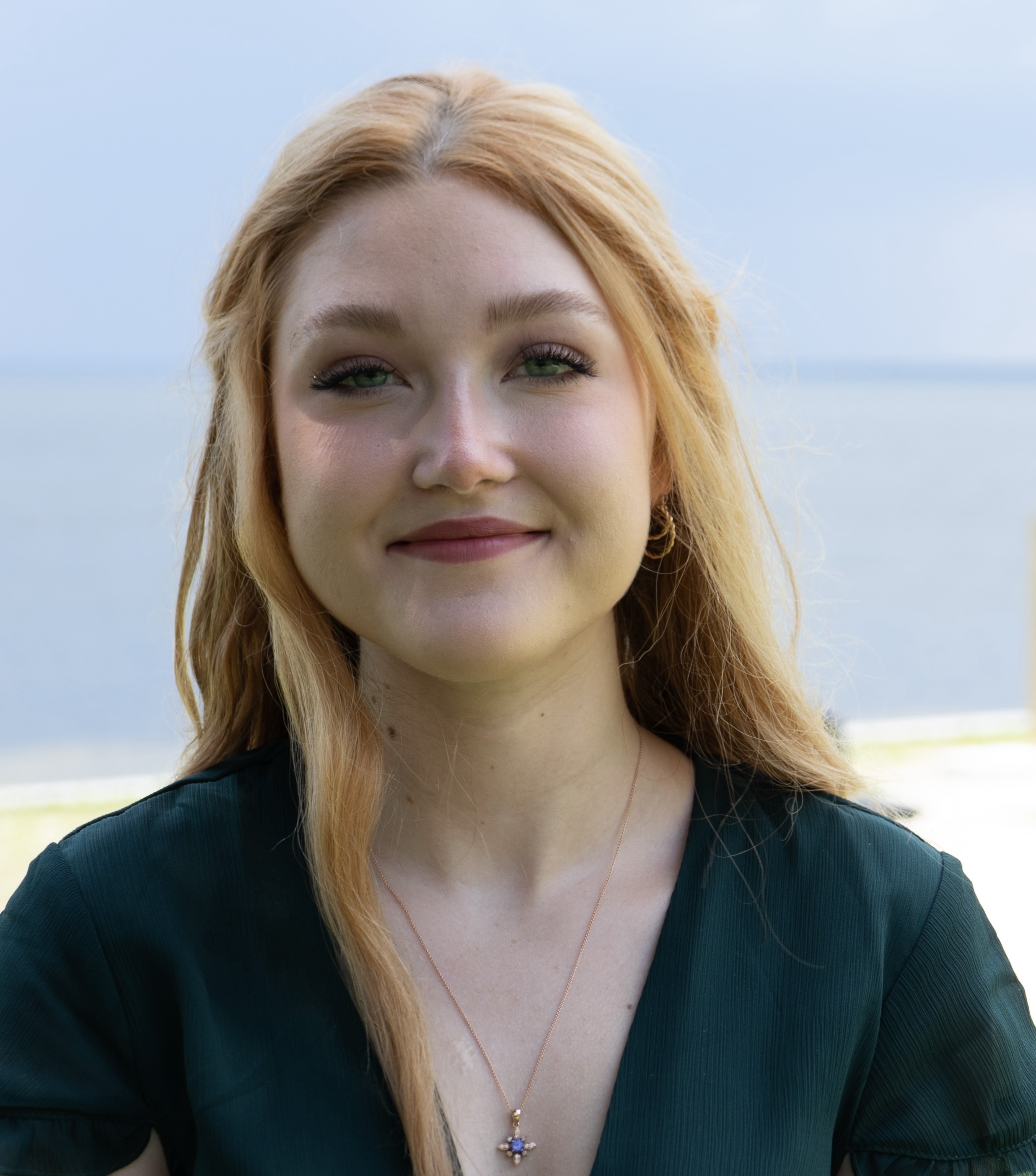Research Symposium Program - Individual Details
5th annual Undergraduate Research Symposium, April 17, 2025
Emileigh Parda She/Her C - 5 R - 2

BIO
My name is Emileigh Parda, and I am an undergraduate student majoring in psychology with minors in sociology and social work. My research spans multiple disciplines, including applied behavior analysis, social psychology, public health, and marine sciences. I aspire to become a neuropsychologist and pursue a Ph.D. in Clinical Psychology, with a research focus on preventative care for individuals at risk of psychopathology and the development of more effective, personalized rehabilitation plans for those with psychopathological conditions or traumatic brain injuries. As a senior, I will be graduating this May. During my gap year, I plan to work at an urgent care clinic, intern at a behavioral health hospital, and take on a post-baccalaureate research assistant position.
“Who Visits the Park? Analyzing Recreational Use Through a Four-Month Observation Study”
Authors: Emileigh Parda, Dr. Jessica Graham & Dr. Ryann RossiStudent Major: Psychology
Mentor: Dr. Jessica Graham & Dr. Ryann Rossi
Mentor's Department: St. Andrews & St. Joseph Bays Estuary Program (Marine Biology) Mentor's College: Florida State University Panama City Co-Presenters: n/a
Abstract
Recreational parks provide essential access to nature for both residents and visitors while also playing a crucial role in protecting natural ecosystems. However, previous research has suggested that as urbanization, technological advancements, and societal shifts continue to evolve, various social factors may influence park usage patterns. This study explores visitation trends over a four-month period through direct observations at two recreational parks in the Panama City area: Carl Gray Park and Asbell Park. Each month, four observational counts were conducted, with two at Carl Gray Park and two at Asbell Park. Utilization rates were then analyzed using a local model developed by the Environmental Protection Agency (EPA), known as extrapolation factors, to estimate total daily visits. Results showed that Asbell Park had a significantly higher overall visitation rate than Carl Gray Park, with an average of 153 daily visitors compared to 96 daily visitors. Additionally, Asbell Park had a greater average number of visitors per observation, with 19 people present at any given time, compared to 12 people at Carl Gray Park. Additional post-hoc analyses revealed that peak visitation at Asbell Park occurred at temperatures of 64°F, 67°F, and 79°F, whereas Carl Gray Park saw peak attendance at 65°F, 72°F, and 85°F. Across both parks, the most common activity observed was “Sitting, Standing, or Observing,” with Carl Gray Park recording 55 instances and Asbell Park recording 45 instances. These results could offer valuable insights into visitation trends, potentially helping to guide recreational management efforts and enhance community engagement.

Keywords: recreational parks, utilization, direct observation, periodic counts

